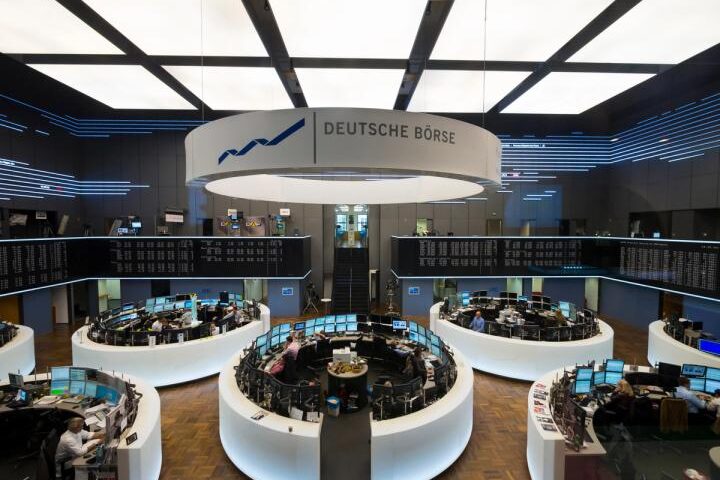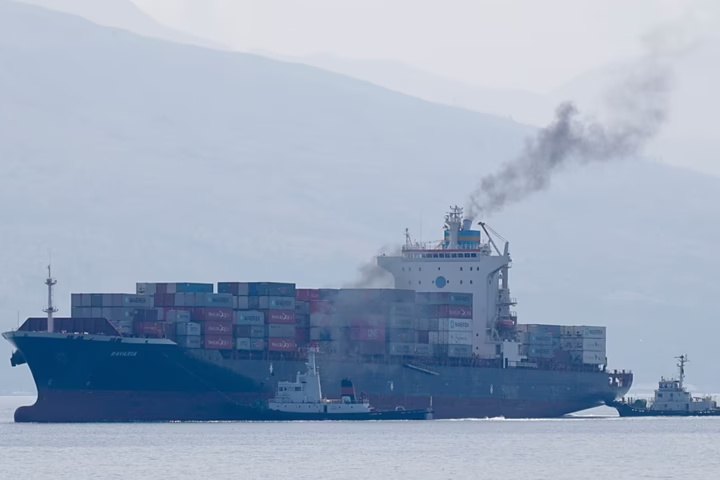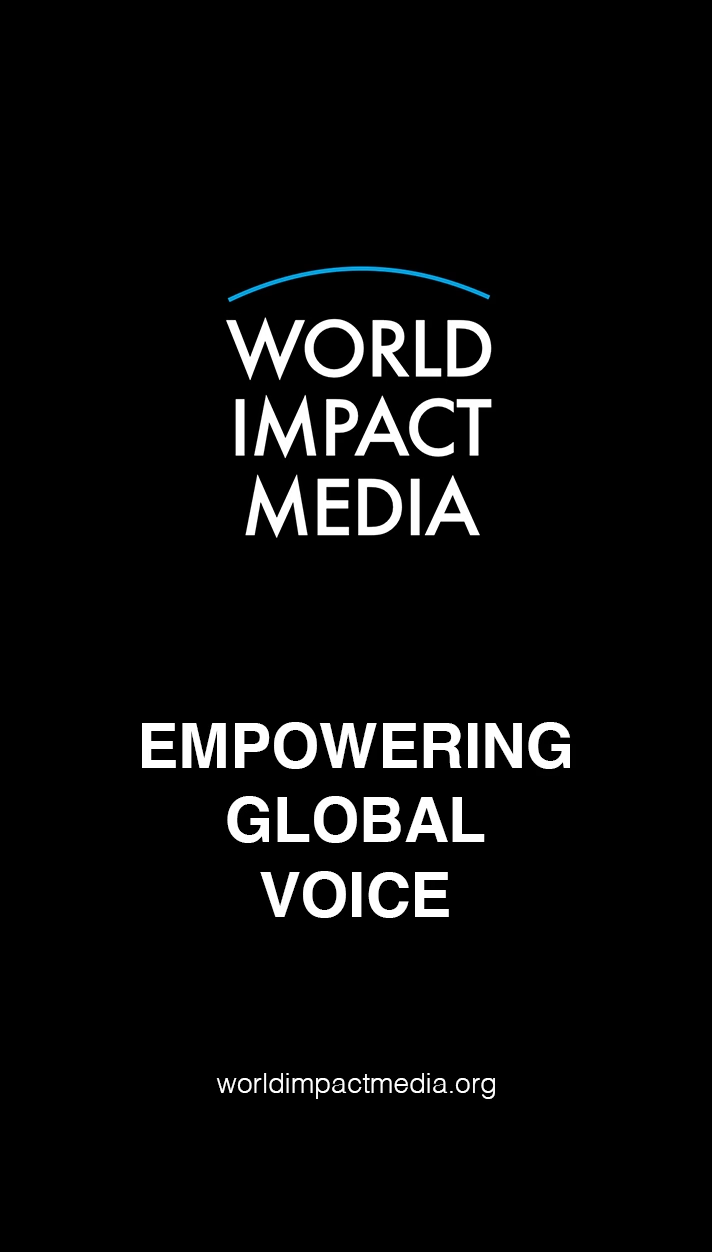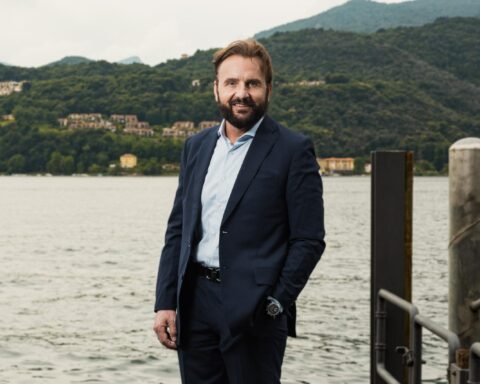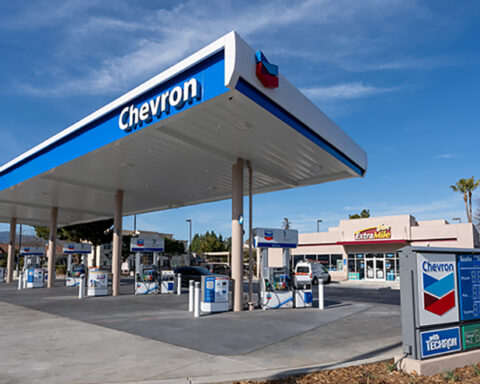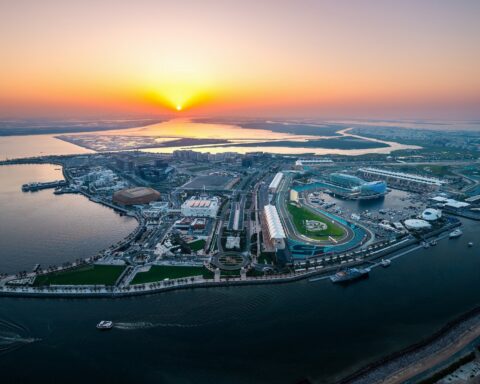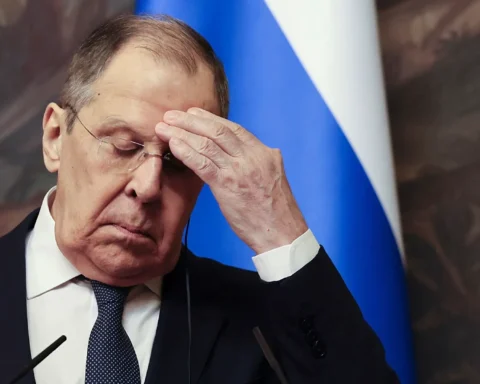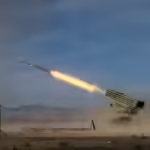As the global energy landscape continues to evolve, Europe finds itself navigating a complex web of suppliers to meet its oil demands. With geopolitical tensions, trade route disruptions, and shifting alliances influencing decisions, the continent has been forced to adapt quickly and diversify its energy sources. In 2025, Europe’s oil supply is no longer dominated by a few traditional players—instead, it’s marked by flexibility, new partnerships, and a strategic pivot away from risk-prone regions.
🛢️ Where Europe Is Getting Its Oil in 2025
1. United States and South America
Europe has significantly increased its imports from the U.S. and emerging oil producers in South America, such as Guyana. These regions are now seen as stable and cost-effective alternatives, offering reliable logistics and growing export capacity.
2. Declining Reliance on the Middle East
Imports from countries like Iraq and the UAE have decreased due to rising shipping costs and ongoing instability in key maritime routes. The Red Sea disruptions and broader geopolitical concerns have pushed European buyers to seek safer sources.
3. Reduced, But Ongoing Russian Supply
While sanctions and EU policy are pushing for a complete phase-out of Russian oil by 2027, some member states continue limited imports under strict price caps. Russian oil now makes up a much smaller portion of Europe’s overall energy mix.
🔄 Energy Shift in Motion
| Region | Trend | Insight |
|---|---|---|
| United States | Increasing | Stable partner with large export capacity |
| South America | Increasing | New players like Guyana filling supply gaps |
| Middle East | Decreasing | Costly and geopolitically unstable trade routes |
| Russia | Decreasing | Sanctions driving long-term disengagement |
✅ Conclusion
In 2025, Europe’s oil strategy is focused on security, diversification, and resilience. With traditional sources becoming less reliable, the continent is building new relationships and rethinking energy logistics. For businesses and policymakers alike, understanding this shift is key to navigating the next phase of Europe’s energy economy.



